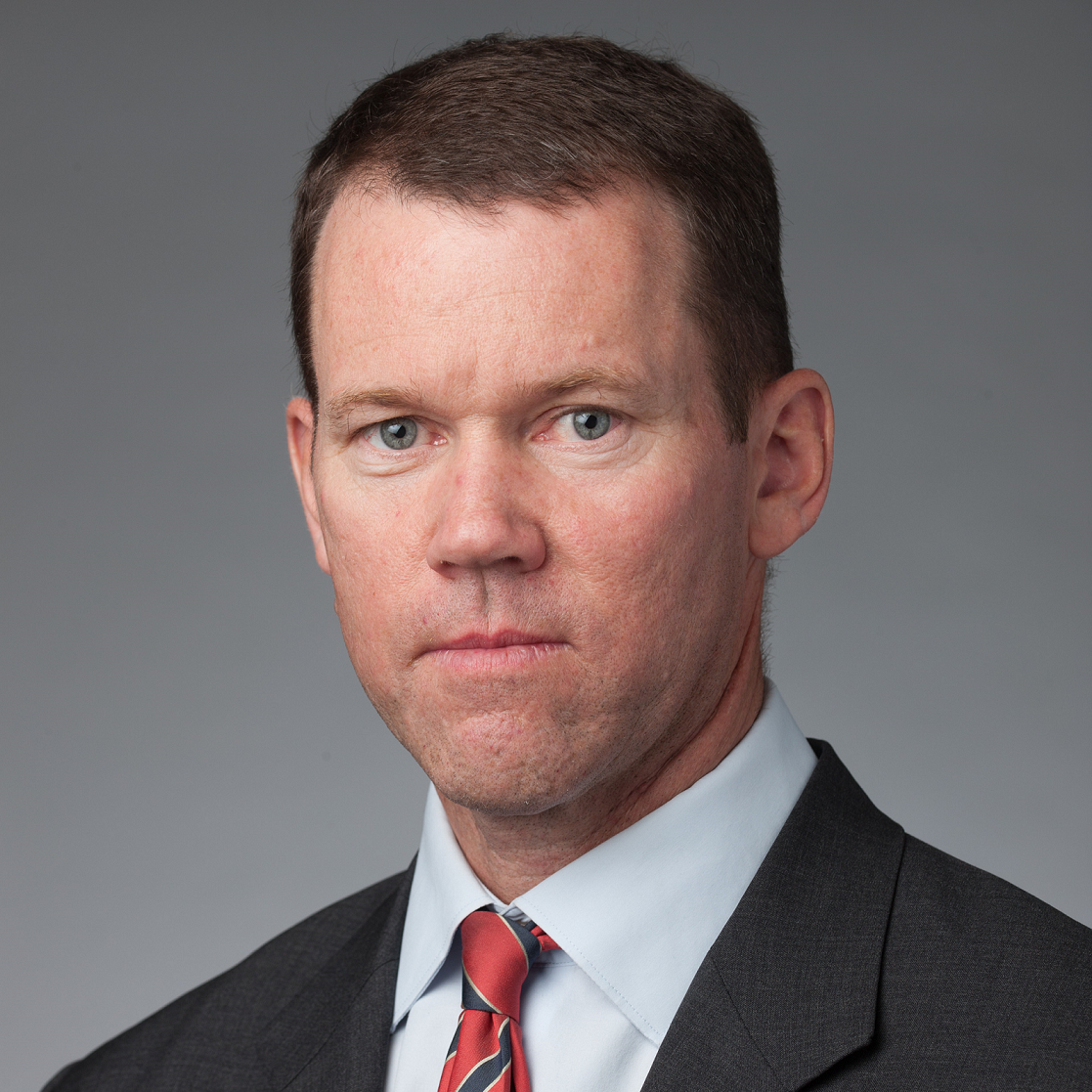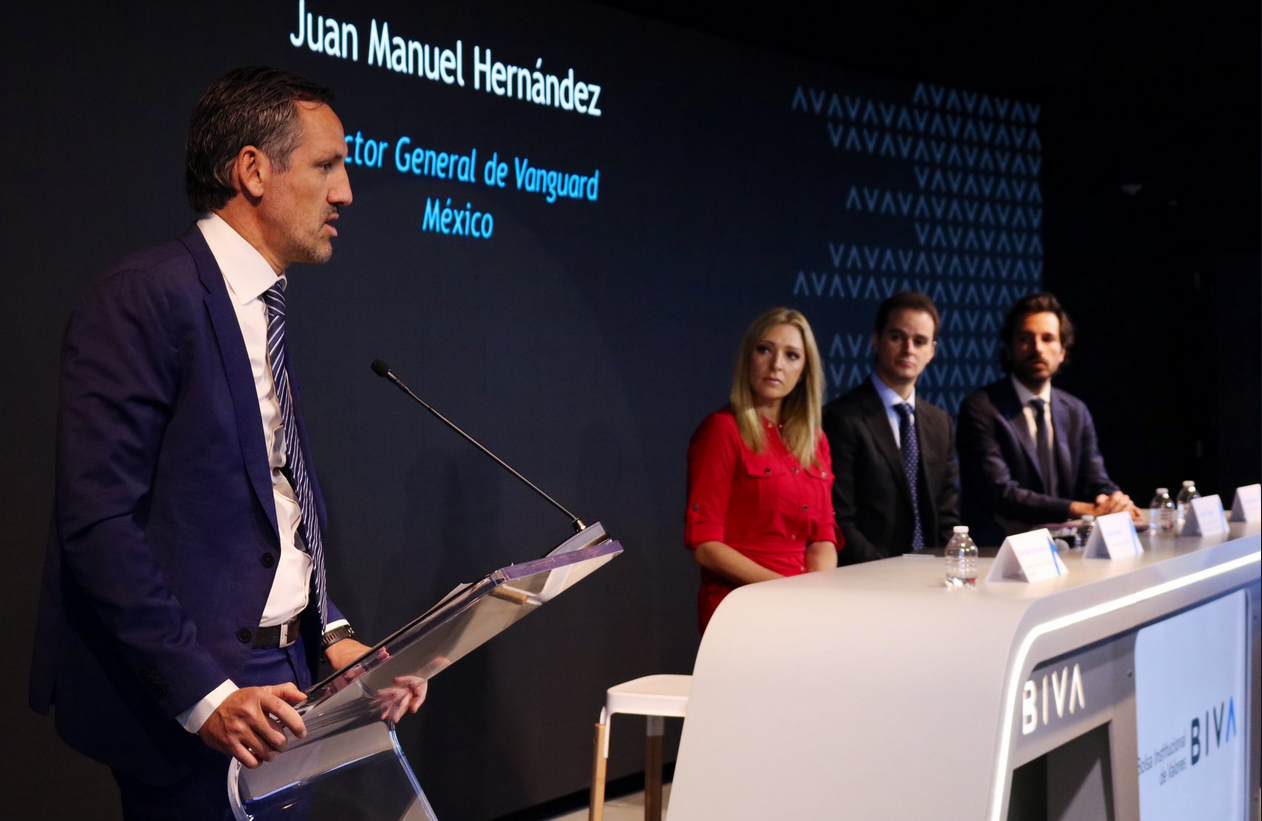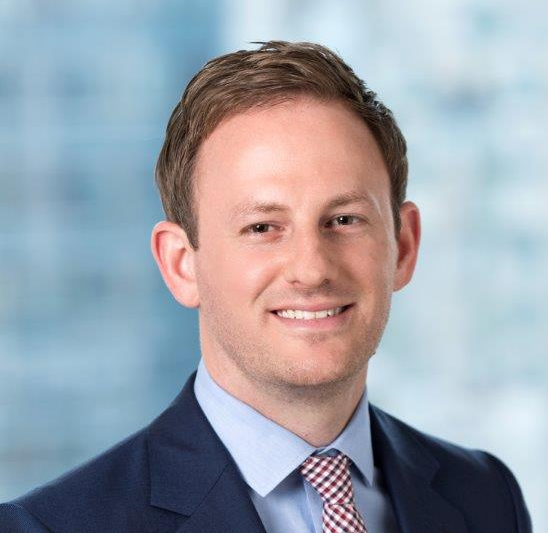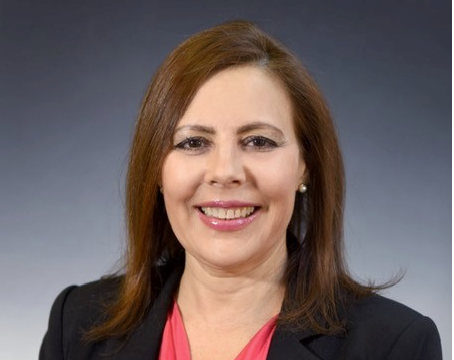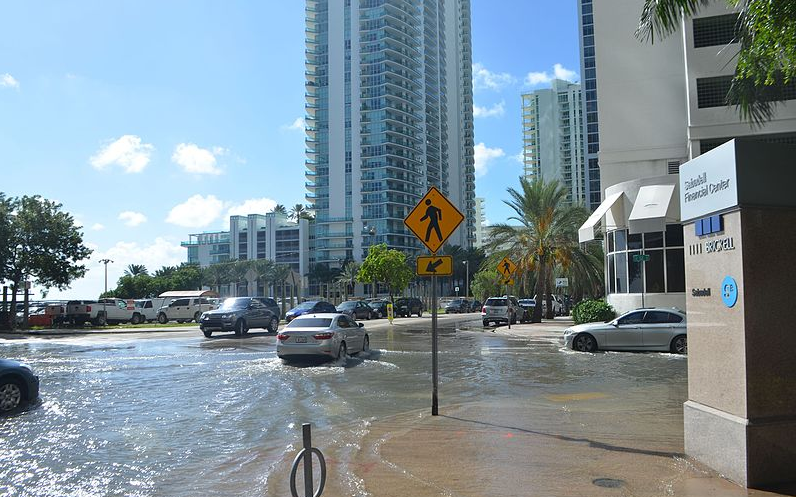AXA IM Will Talk About Opportunities Created by Digital Disruption at the Investments & Golf Summit
| For Magdalena Martínez | 0 Comentarios
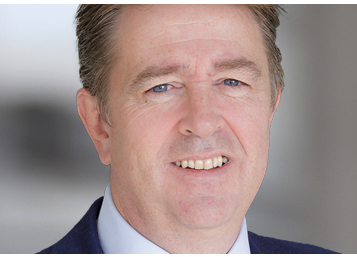
AXA IM will talk about investment opportunities in the evolving economy as a result of the digital disruption at Funds Society’s sixth Investments & Golf Summit.
Changing demographics and technological disruption have accelerated the trend towards thematic investment in recent years as the historical boundaries of sectors have become increasingly less relevant. According to the firm, global equity unconstrained investors looking through this thematic lens can clearly identify the disruptors from the disrupted; or as they term it the ‘old economy,’ where companies maintain more traditional approaches, and the ‘evolving economy,’ which consists of firms who have embraced these fast changes.
AXA’s Digital Economy strategy is focused on the e-commerce value chain and digital transformation of traditional businesses.
Matthew Lovatt, Global Head of Framlington Equities, AXA IM, will be at the summit to explain everything regarding the strategy. Appointed in June 2018 as Global Head of Framlington Equities, the active stock picking expertise of AXA IM, Matthew is also a member of the Management Board of AXA IM. Matthew has 30 years of investment experience and joined AXA IM in 2004. He started his career in Equity Research at Henderson, before developing an equity hedge fund business. He holds a BSc in Economics with Statistics from Bristol University.
AXA Investment Managers (AXA IM) is an active, long-term, global multi-asset manager. We work with clients today to provide the solutions they need to help build a better tomorrow for their investments, while creating a positive change for the world in which we live. With approximately $860 billion in assets under management as of the end of September 2018, AXA IM employs nearly 2,400 employees around the world and operates out of 30 offices across 21 countries. AXA IM is part of the AXA Group, a world leader in financial protection and wealth management.
The sixth edition of Funds Society’s Investments & Golf Summit will take place on May 6th-8th at the Streamsong Resort and Golf. For registration follow this link.

